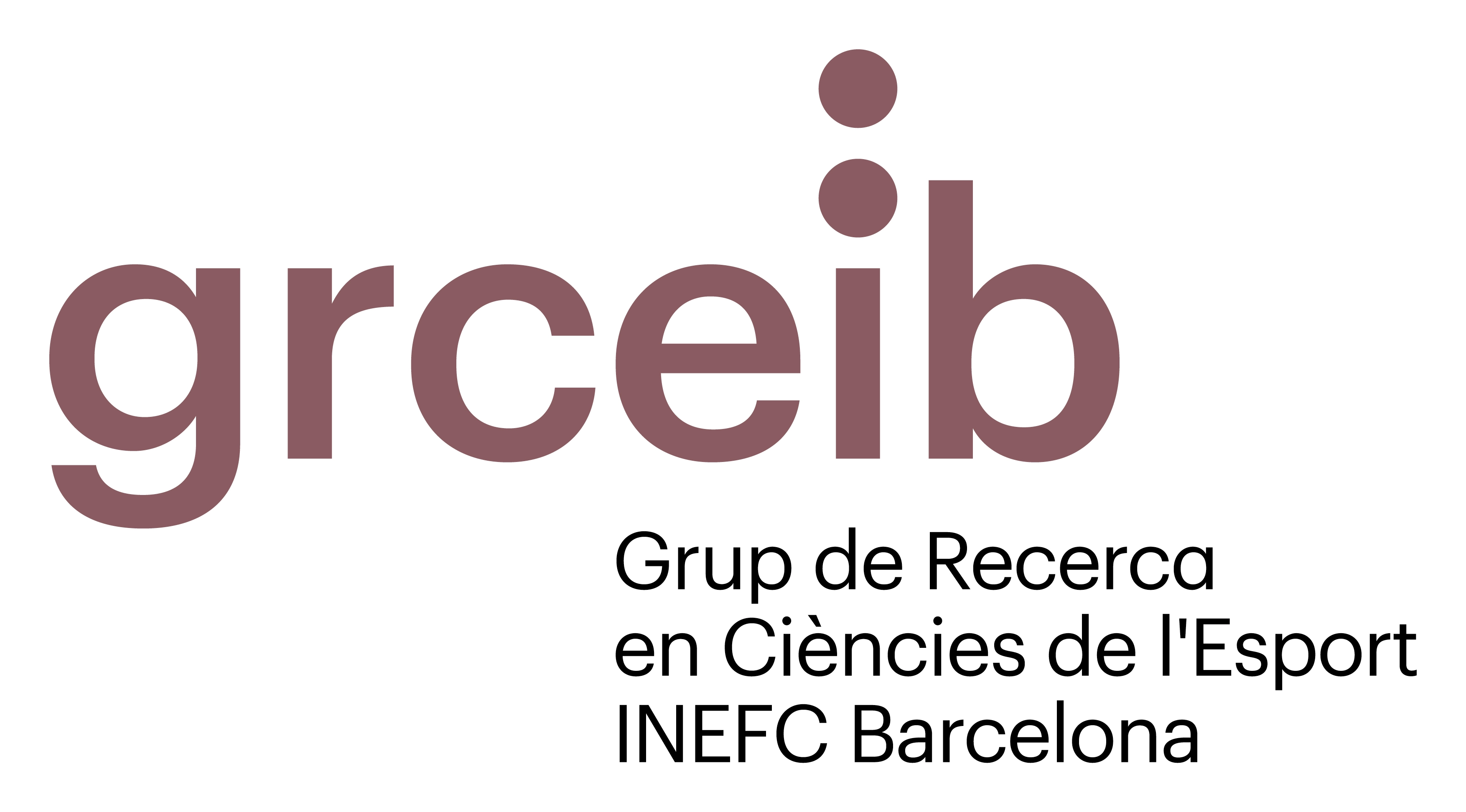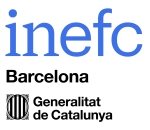
L’article “Game sides technical-tactical differences between professional male padel players” neix a partir d’un Treball Final de Màster (TFM) del Màster RETAN de l’INEFC de Barcelona. Aquest treball pretén analitzar com els jugadors professionals de pàdel masculí es comporten tècnica-tàcticament i determinar si hi ha diferències entre un costat del joc de la pista i l’altre (costat esquerre del joc i costat dret del joc). La mostra va incloure 12.851 cops corresponents a 8 partits de quarts, semifinals i finals del circuit Premier Padel celebrat el 2022 on van participar 16 jugadors professionals de pàdel dretans. Tots els partits van ser analitzats mitjançant l’observació sistemàtica utilitzant un instrument ad hoc. Es van tenir en compte variables com, tipus de cops, resultats, zones d’atac i desplaçaments. Es van trobar diferències significatives (p < 0,05) en els cops de dreta, revés, volea de revés, globus de dreta, globus de revés, cop de dreta contra paret, cop de dreta i revés contra paret lateral. També es van trobar diferències significatives referents als resultats dels cops. Finalment, es van observar diferències significatives entre els desplaçaments de canvi en els quals els jugadors del costat esquerra van canviar considerablement més vegades que els jugadors del costat dret (66,7%; p < 0,001). Els resultats obtinguts demostren que existeixen diferències entre tots dos bàndols de joc en quant als seus cops, resultats dels cops i desplaçaments de canvi.
Abstract:
The main objective of this study was to analyze how professional male padel players technically-tactically behave and to whether determine if there are any differences between one game side and the other (left game side, LGS; right game side, RGS). The sample included 12.851 shots corresponding to 8 matches from the quarterfinals, semifinals, and finals of the Premier Padel circuit held in 2022 where 16 different professional right-handed padel male players participated. All matches were analyzed through systematic observation using an ad-hoc instrument. Variables such as, type of strokes, outcomes, hitting zones and switching displacements, were taken into account. Significant differences (p < 0.05) were found on forehands, backhands, backhand volleys, forehand lobs, backhand lobs, counter wall forehand, counter-lateral wall forehand and backhand, and wall descent stroke backhand. Also, significant differences were found regarding the stroke outcomes: into play (RGS 46.4%; p < 0.05); winners (LGS 2.3%; p < 0.01). Finally, significant differences were noticed between switching displacements in which the LGS players switched considerably more times than the RGS (66.7%; p < 0.001). The reported results proved that there exist differences between both game sides regarding their strokes, stroke outcomes, and switching displacements.
Ampuero, R., Mellado-Arbelo, O., Fuentes-García, J. P., & Baiget, E. (2023). Game sides technical-tactical differences between professional male padel players. International Journal of Sports Science & Coaching, 0(0). https://doi.org/10.1177/17479541231218379








































